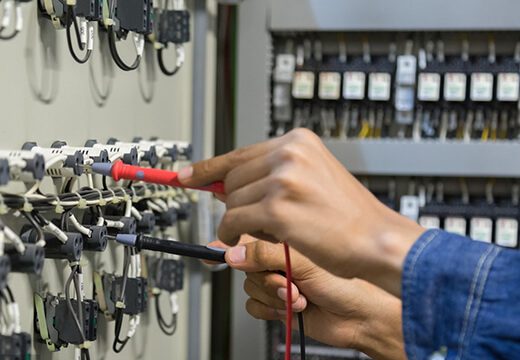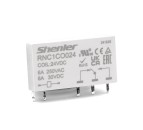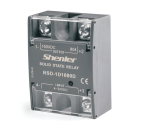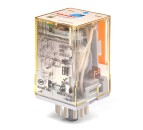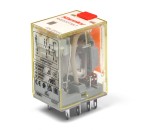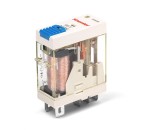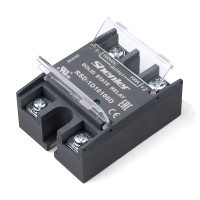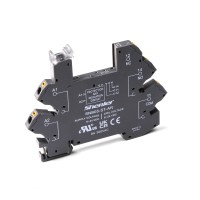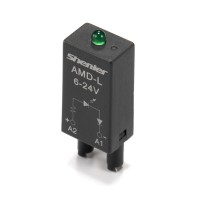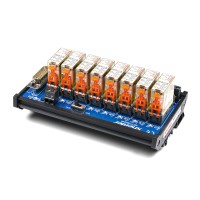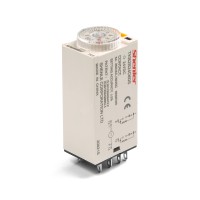Power Relay
Our UL-certified compact power relays deliver robust performance across an exceptional 6-380V input voltage range, engineered for extended service life in demanding industrial environments.
Key Technical Advantages:
● Ultra-wide operational range: 6-380V AC/DC (50/60Hz)
● 5-40A/250-500VAC switching capacity with 10,000,000+ mechanical cycles
● Comprehensive certification: CE, UL, CSA, TUV, EAC, UKCA, RoHS compliant
● Industrial temperature tolerance (-40°C to +85°C)
● Flame-retardant housing
Designed for precision control in power distribution systems, industrial automation, and renewable energy applications, our relay solutions incorporate arc suppression technology and gold-plated contacts for enhanced electrical stability. The product line offers DIN rail, panel mount, and surface mount configurations with optional surge protection modules.

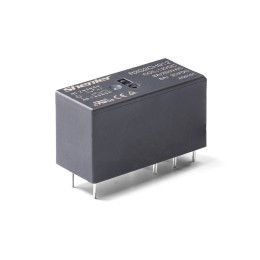
Available for 1 and 2 poles, a variety of high capacity models High sensitive of consumed power 400mW With up to 8mm ofinsulation distance between coil and contacts

RKE-LS sealed power relays are designed to provide good performance under harsh operating conditions.
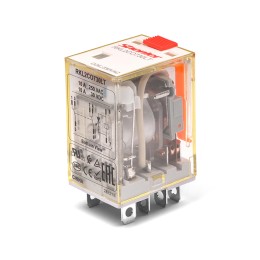
general power relay, plug in pin, 1 pole 16A and 2/3/4 pole 10A,with LED and lockable test button

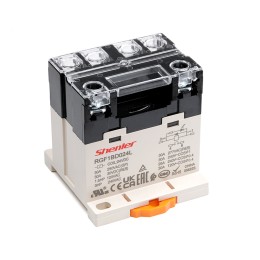
RGF power relay is an electromechanical switching device that uses an electromagnet to control a set of switches.


Download Shenler Power Relay Catalog PDF
DownloadPower relays use the principle of electromagnetic effects of magnetic-current interactions. A power relay usually consists of a coil, an armature and a set of contacts. When a voltage is applied to the coil, an electromagnetic field is created that attracts the armature to the coil. This movement of the armature causes the contacts to open or close, depending on the design of the relay.
Power relays are designed with either normally open (NO) or normally closed (NC) contacts. In a normally open relay, the switch is left open when the coil is unenergized. When current flows through the coil, it closes the switches and allows electricity to pass through. In contrast, a normally closed relay sees its contacts shut when no power reaches the coil. Upon same-state current being supplied to the coil, it opens up and stops any electricity from travelling through it.
